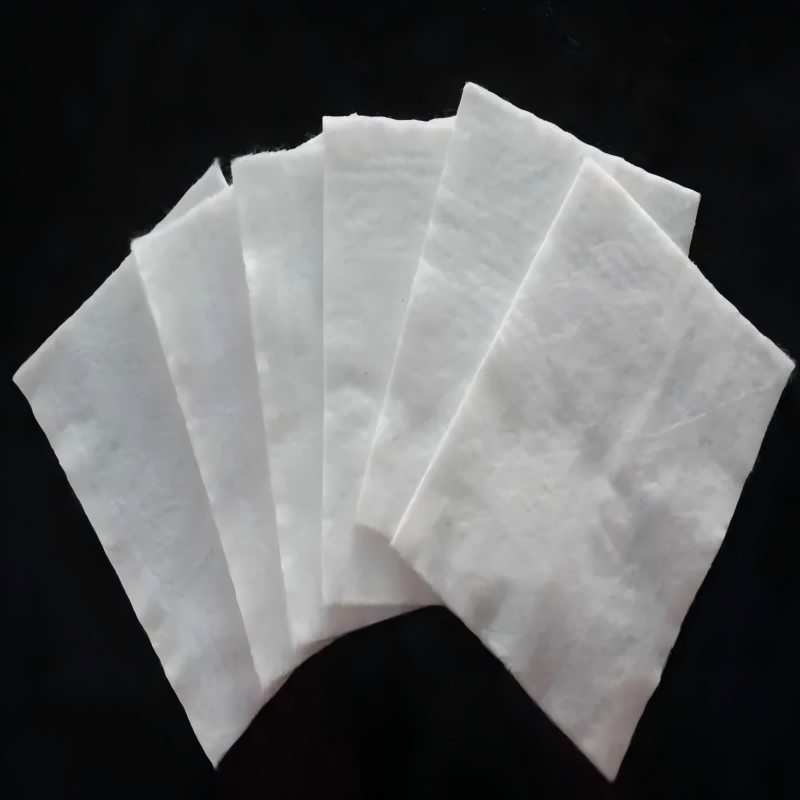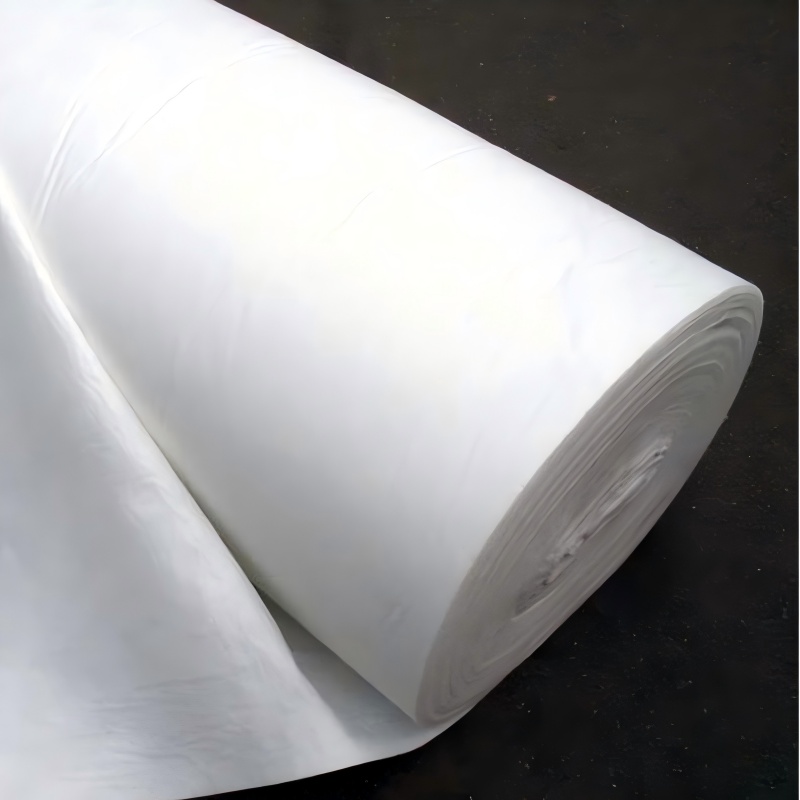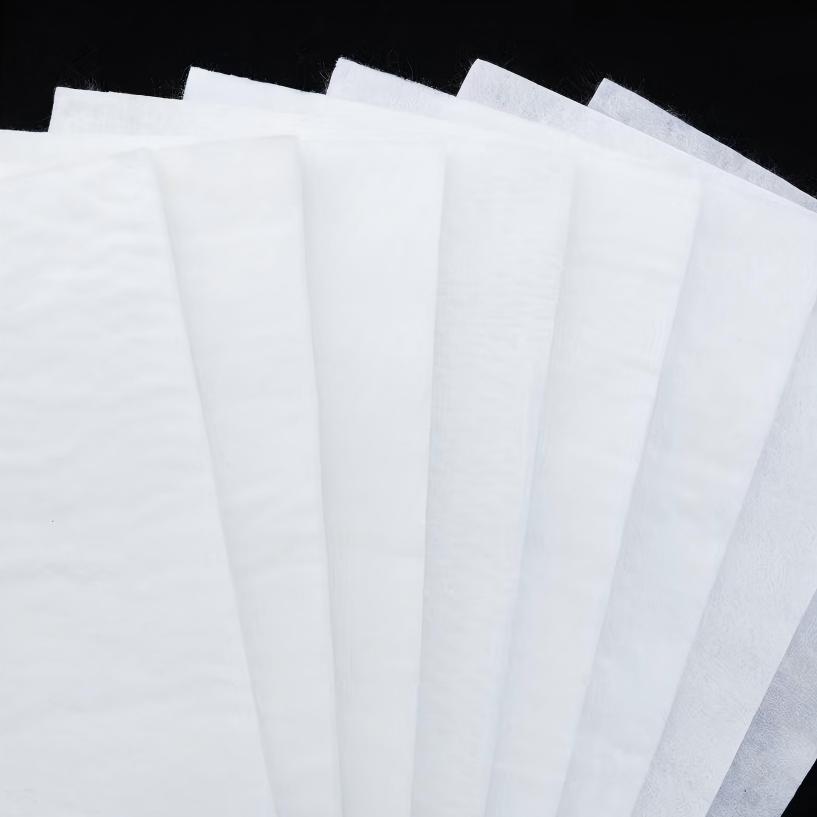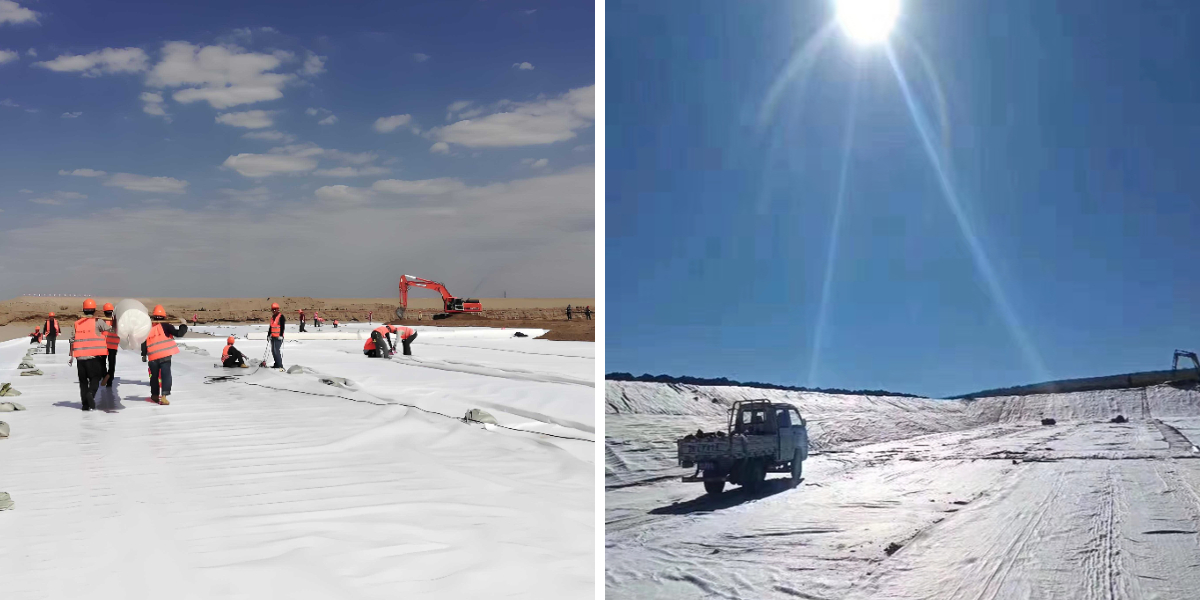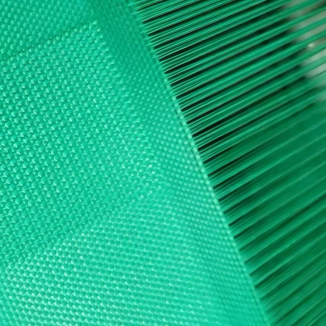Geotextile Wall
1. Full category supply: covering various types of geotextiles such as non-woven and woven fabrics, suitable for reinforcement, filtration and other scenarios, meeting one-stop procurement needs.
2. Quality assurance: Compliant with industry standards, stable tensile and corrosion resistance, rigorously tested, and suitable for long-term engineering use.
3. Professional service: Provide selection suggestions and technical support, respond quickly, and solve problems in procurement and construction.
4. Efficient delivery: Regular specifications are available in stock, support customization, timely delivery, and ensure that the project progress is not hindered.
Products Introduction:
Geotextile Wall is a flexible retaining structure constructed with high-performance geotextile as the core material, which forms a self-supporting wall through the synergistic effect of geotextile and backfill soil. It is mainly used for slope support, site leveling, roadbed protection and other scenarios. The core principle is to utilize the high-strength tensile performance of geotextiles, convert the lateral soil pressure behind the wall into the tensile force of geotextiles, and combine it with the compacted soil layer by layer to form a "geotextile soil" composite stress system, replacing traditional brick or concrete rigid retaining walls.
Compared with rigid walls, geotextile walls have the advantages of light weight, good flexibility, and adaptability to settlement and deformation. They do not require large templates and heavy equipment for construction, especially suitable for soft soil foundations, complex terrain, or projects with high ecological compatibility requirements. They are a typical representative of modern lightweight retaining structures.
Product Features:
1. Flexible and anti deformation, suitable for complex foundations: High strength geotextile (tensile strength ≥ 20kN/m) is used as the core load-bearing material, which is flexible and can produce small deformations with the settlement of the foundation (maximum allowable settlement rate of 3% -5%), avoiding cracking and overturning of rigid walls caused by uneven settlement of the foundation, especially suitable for soft soil foundations, backfilled soil foundations and other easily deformed scenarios.
2. Light weight and low load, reducing foundation requirements: The wall is mainly composed of geotextile and backfill soil, with a unit area weight of only 1/5-1/10 of that of concrete walls. It has low requirements for foundation bearing capacity and can be directly built on natural foundations or simple cushion layers, reducing foundation treatment costs (30% -50% lower than traditional retaining wall foundation costs).
3. Excellent permeability, pressure control and instability prevention: Geotextile itself has good permeability (permeability coefficient ≥ 1 × 10 ⁻ cm/s), and drainage channels are reserved in the wall design to quickly discharge accumulated water in the backfill soil, reduce pore water pressure, avoid lateral displacement of the wall caused by excessive water pressure, and ensure long-term stability of the structure.
4. Ecological compatibility and easy integration with the environment: The surface of the wall can be directly sprayed with vegetation or covered with ecological bags. Geotextile provides an attachment carrier for plant roots, forming a "green wall covered with vegetation", solving the problem of "ecological fragmentation" of traditional rigid walls, and adapting to areas with high aesthetic requirements such as urban landscapes and riverbanks.
5. Efficient construction and controllable cost: The modular construction method of "layered laying of geotextile+layered backfilling and compaction" is adopted, which does not require formwork or pouring, and can be operated manually or with small machinery. The daily construction length can reach 50-100 meters, and the construction period is shortened by more than 50% compared to traditional retaining walls; The materials mainly consist of geotextile and local backfill soil, significantly reducing the transportation and procurement costs of building materials.
Product Parameters:
project | metric | ||||||||||
Nominal strength/(kN/m) | |||||||||||
6 | 9 | 12 | 18 | 24 | 30 | 36 | 48 | 54 | |||
1 | Longitudinal and transverse tensile strength / (kN/m) ≥ | 6 | 9 | 12 | 18 | 24 | 30 | 36 | 48 | 54 | |
2 | Maximum elongation at maximum load in longitudinal and transverse directions/% | 30~80 | |||||||||
3 | CBR top penetration strength /kN ≥ | 0.9 | 1.6 | 1.9 | 2.9 | 3.9 | 5.3 | 6.4 | 7.9 | 8.5 | |
4 | Longitudinal and transverse tearing strength /kN | 0.15 | 0.22 | 0.29 | 0.43 | 0.57 | 0.71 | 0.83 | 1.1 | 1.25 | |
5 | Equivalent aperture O.90(O95)/mm | 0.05~0.30 | |||||||||
6 | Vertical permeability coefficient/(cm/s) | K× (10-¹~10-), where K=1.0~9.9 | |||||||||
7 | Width deviation rate /% ≥ | -0.5 | |||||||||
8 | Unit area mass deviation rate /% ≥ | -5 | |||||||||
9 | Thickness deviation rate /% ≥ | -10 | |||||||||
10 | Thickness coefficient of variation (CV)/% ≤ | 10 | |||||||||
11 | Dynamic perforation | Puncture hole diameter/mm ≤ | 37 | 33 | 27 | 20 | 17 | 14 | 11 | 9 | 7 |
12 | Longitudinal and transverse fracture strength (grab method)/kN ≥ | 0.3 | 0.5 | 0.7 | 1.1 | 1.4 | 1.9 | 2.4 | 3 | 3.5 | |
13 | Ultraviolet resistance (Xenon arc lamp method) | Longitudinal and transverse strength retention rate% ≥ | 70 | ||||||||
14 | Ultraviolet resistance (fluorescence UV lamp method) | Longitudinal and transverse strength retention rate% ≥ | 80 | ||||||||
Product Applications:
1. Road slope support: In mountainous roads, highways, and embankment filling sections, geotextile walls with a height of 3-8 meters are built to support the slope soil and prevent landslides and collapses. At the same time, vegetation coverage is integrated with the surrounding natural environment to reduce the ecological damage caused by road engineering.
2. Site leveling and filling engineering: In the leveling of industrial parks and residential areas, it is used to deal with areas with high and low differences. The filling area is isolated from the original soil through geotextile walls to achieve rapid filling and shaping, especially suitable for low filling (height ≤ 6 meters) projects on soft soil foundations, avoiding large-scale foundation treatment.
3. River and waterfront protection: In the process of river shoreline remediation, geotextile retaining walls are constructed to resist water erosion, and aquatic plants are planted on the surface of the walls to form ecological protection, balancing flood control function and landscape beautification, suitable for urban inland rivers, wetland parks and other waterfront areas.
4. Temporary works and emergency support: As a temporary retaining wall for construction, it is used for temporary scenarios such as excavation slopes and material yard boundaries. After the project is completed, some geotextiles can be removed and recycled to reduce construction waste; In geological disaster emergency rescue, quickly building geotextile walls to block landslide soil and buy time for rescue.
5. Mine reclamation and ecological restoration: In the slope restoration after mining, geotextile walls are used to fix loose rock and soil, combined with spraying and greening to achieve vegetation restoration, prevent soil erosion and secondary landslides, and promote ecological reconstruction in the mining area.
Geotextile Wall, with its core advantages of "flexible deformation resistance, lightweight and cost saving, ecological compatibility, and efficient construction", breaks the strict requirements of traditional rigid retaining walls for foundation conditions and provides innovative solutions for support engineering in complex terrains and ecologically sensitive areas. Through the synergistic force of geotextile and soil, it not only ensures structural safety but also significantly reduces engineering costs and environmental impact, especially suitable for small and medium height retaining walls (≤ 8 meters) scenarios.
Whether it is permanent road slope protection, temporary site leveling, or ecological oriented waterfront management, geotextile walls can balance functionality, economy, and ecology through flexible design and construction. They are the ideal choice for "lightweight, green, and efficient" retaining structures in modern engineering, promoting the development of retaining engineering towards a more sustainable direction.


